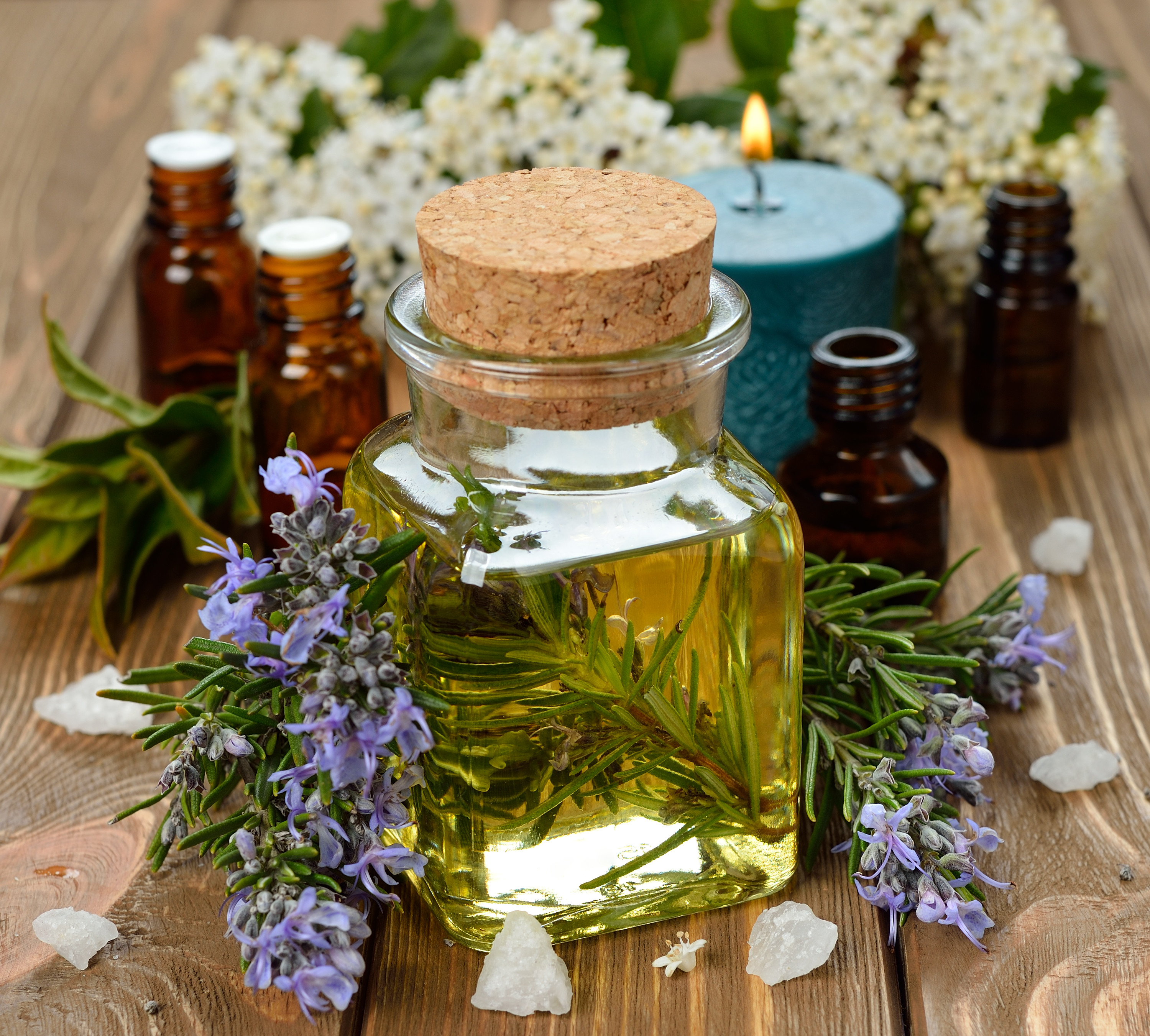- Oils should be in dark-colored amber or cobalt blue glass bottles to maintain purity. Essential oils are potent and can break down plastic which will, in turn, adulterate the oil. Likewise, sunlight can break down the effectiveness of oils, so keeping them out of the sun and in a dark-colored glass works best. Essential oils sold in clear glass, or plastic bottles should be avoided.
- Oils packaged in bottles that use rubber eyedropper bulbs as part of the cap should be avoided. The essential oil can break down the rubber in the eyedropper and adulterate the oil. These types of bottles also tend to leak during shipment if bought online. Most oil suppliers use an orifice reducer that dispenses one drop at a time. This type of cap is optimal.
- Quality essential oils cost more. Cheaper oils are sometimes diluted with additives that hamper the effectiveness of the oil.
- The botanical (Latin name), should be on the bottle. Also included on the bottle should be the country of origin and method of extraction. Different varieties of plants offer different therapeutic properties. For example, the Latin name for tea tree oil is Melaleuca alternifolia. Some suppliers may just have tea tree oil without the Latin name. This type of omission on the bottle should be a red flag for consumers.
- Essential oils are distilled from the leaves, roots, flowers, sees, tops, or fruits of plants. Being highly concentrated, they are the only products that should be used in aromatherapy. Not to be confused with fragrance oils. A fragrance oil is created in a lab and contains natural and synthetic chemicals to create an aroma. Fragrance oils have no therapeutic values. Essential oils are created in nature and steam distilled to create oil.
